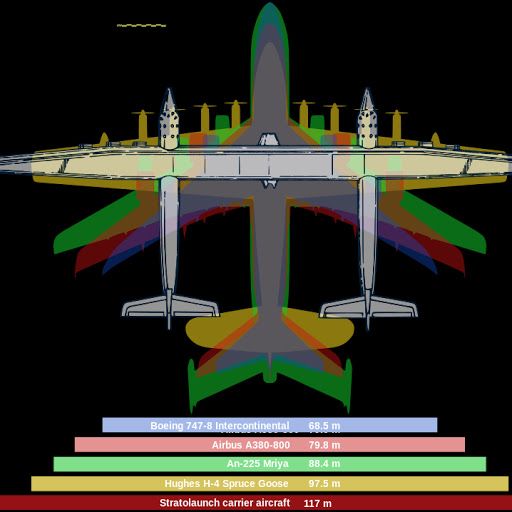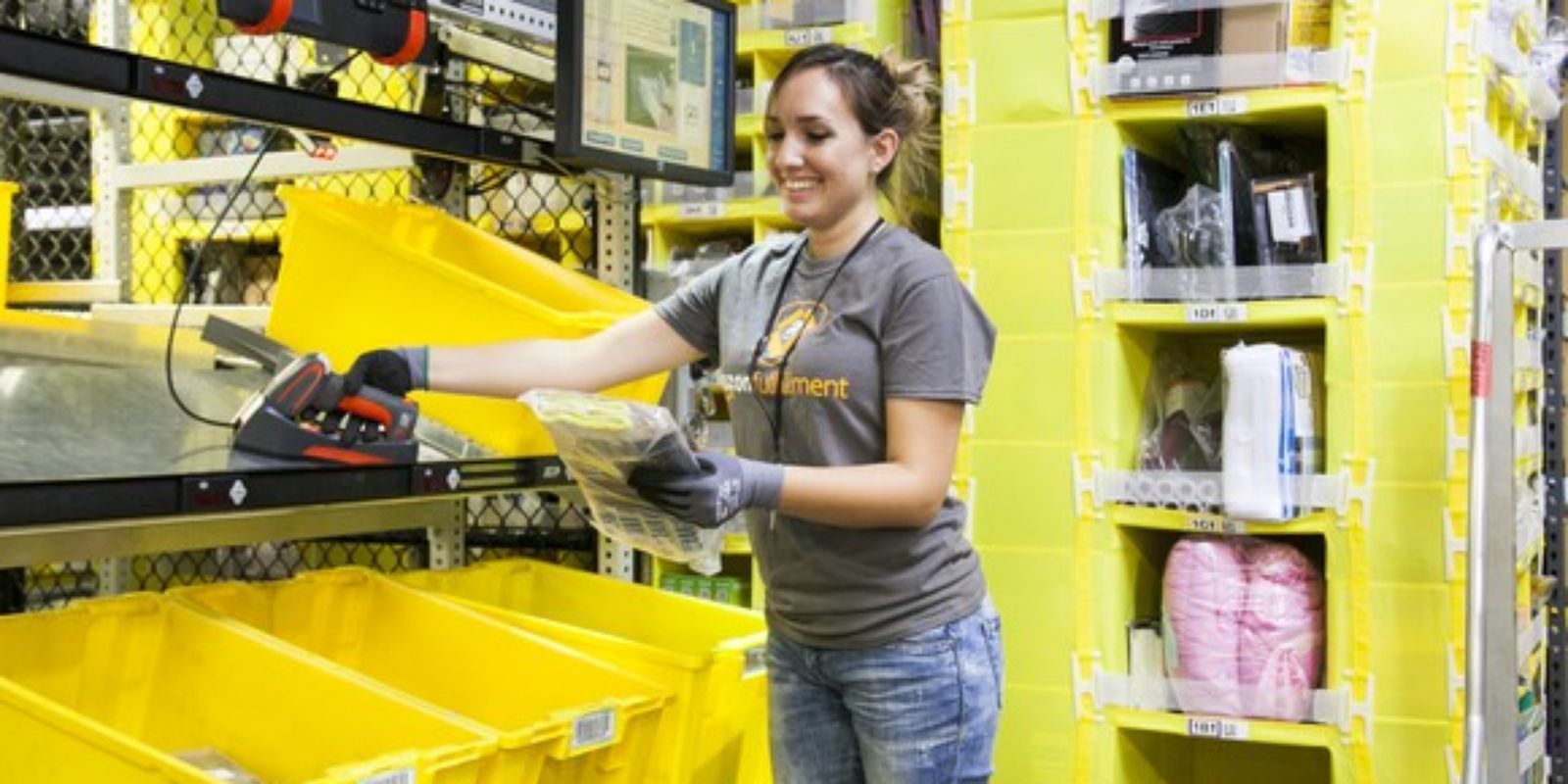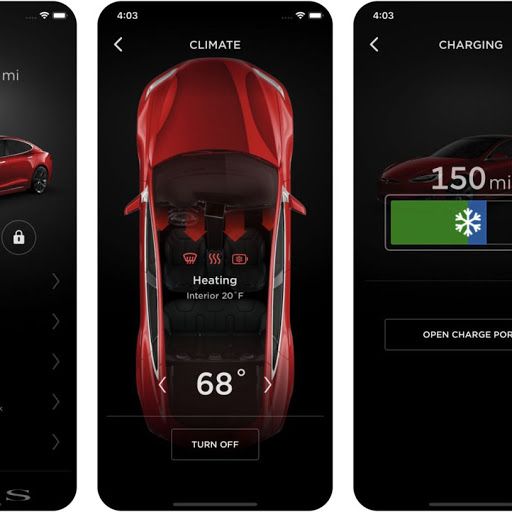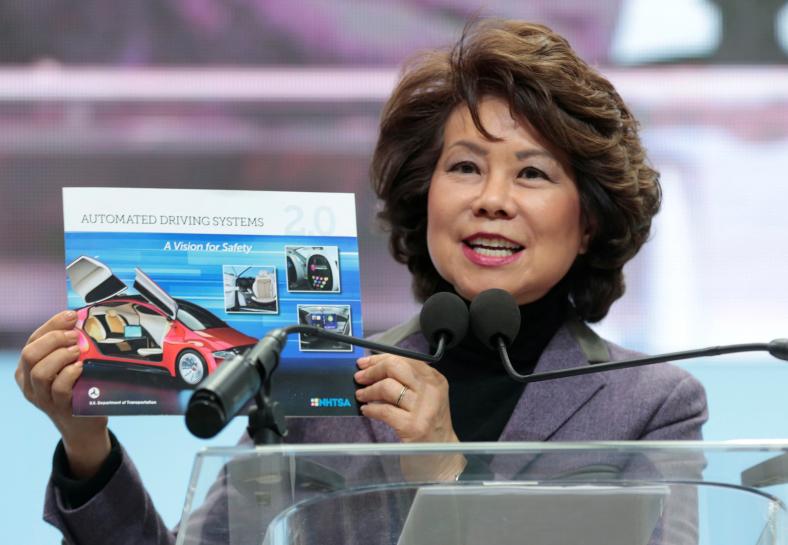Last year saw a historic first: an exercise in which an unmanned vehicle provided live covering fire for American troops.
In a historic first, the Army conducted a live fire exercise with a remote-controlled ground combat vehicle armed with a .50-caliber machine gun. It plans to conduct more exercises with more heavily armed ground robots within the next couple of years.
The demonstration was part of the annual Northern Strike exercise, which took place last July and August at Michigan’s Camp Grayling. Primarily geared toward reserve units, this year’s event debuted an unmanned, heavily armed M113 armored personnel carrier. The driver and the weapons operator followed behind in a slightly larger M577 command post vehicle.





